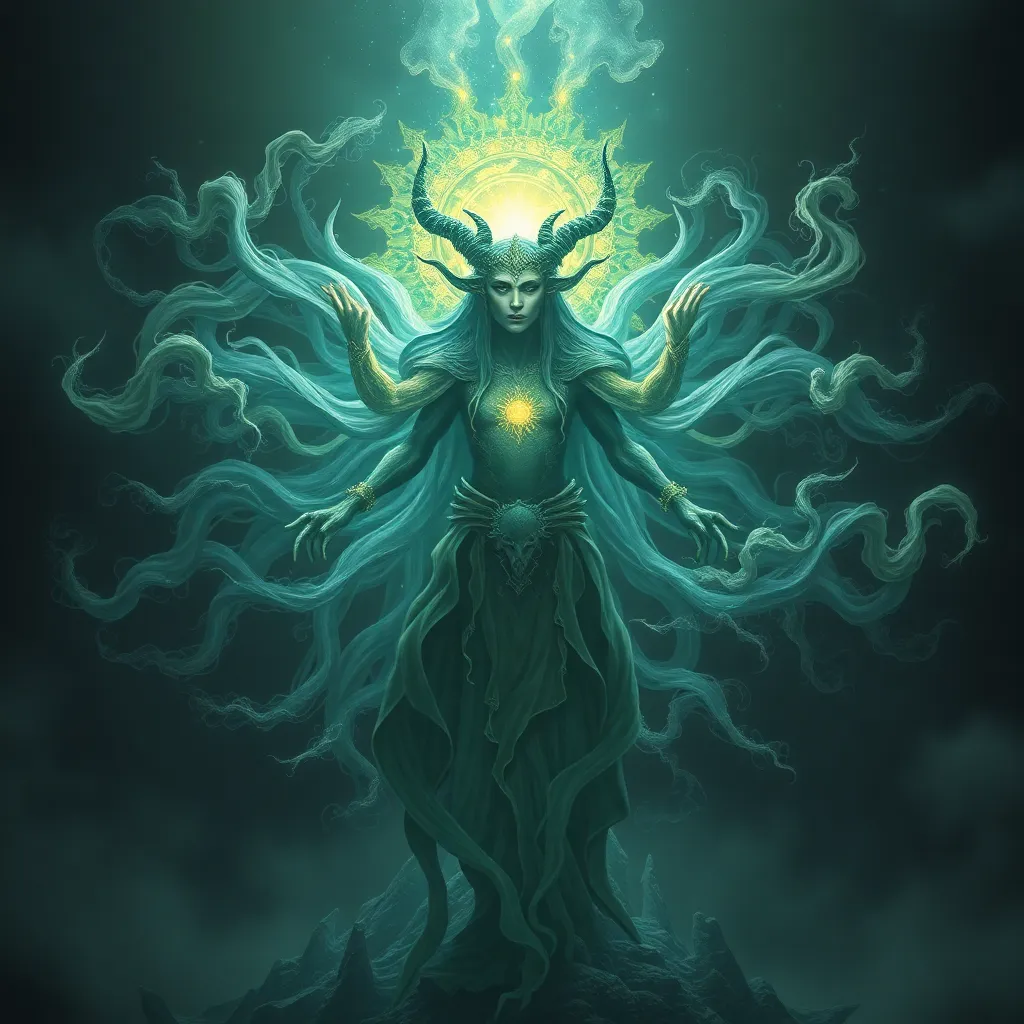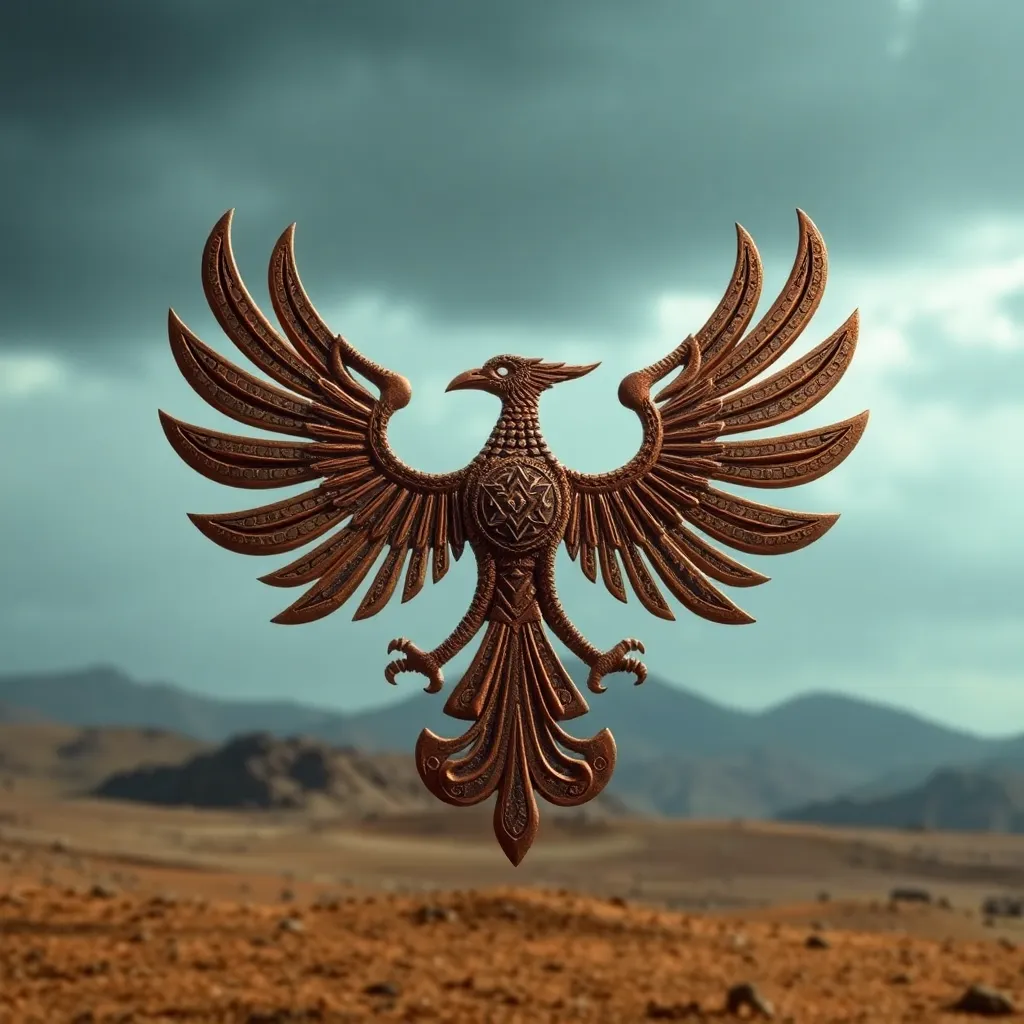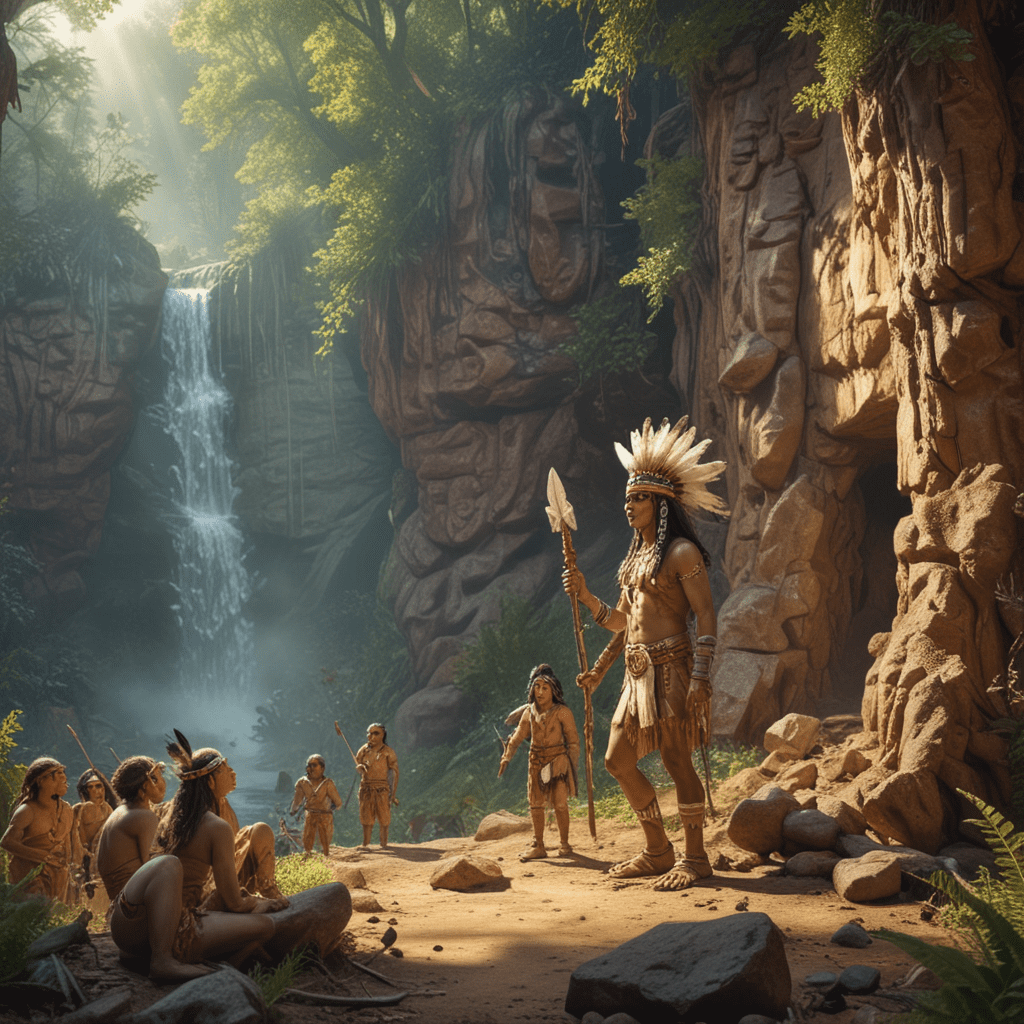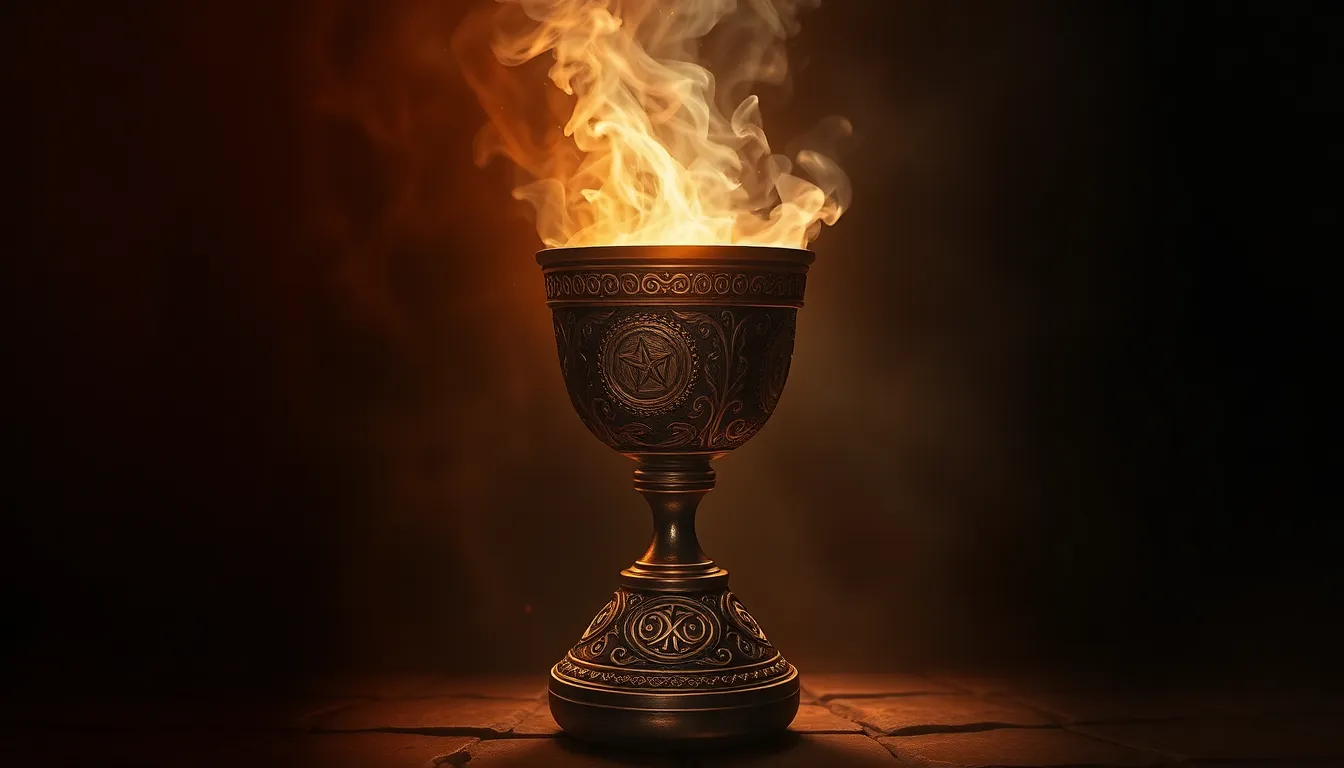The Huldra’s Transformation: Explorations of the Spirit’s Shifting Forms
I. Introduction to the Huldra
The Huldra is a captivating figure in Scandinavian folklore, often depicted as a beautiful woman with a cow’s tail and a hollow back. This mystical creature has roots that stretch deep into the traditions of the Norse and other Germanic cultures. The Huldra is not merely a character in stories; she embodies the complexities of nature, femininity, and the human experience.
In Scandinavian mythology, the Huldra represents the spirit of the forest, a guardian of nature who can enchant and ensnare those who stumble upon her domain. This article will explore the Huldra’s transformations, both in her physical form and her role within folklore, examining how these changes reflect deeper themes within human culture.
II. The Huldra’s Physical Appearances
A. Traditional Depictions of the Huldra
Traditionally, the Huldra is depicted as a stunning maiden, often with long flowing hair, which can symbolize her connection to the forest. Her enchanting beauty is juxtaposed with her distinctive features, such as:
- A cow’s tail, representing her ties to nature and the animal kingdom.
- A hollow back, which serves as a reminder of her otherworldly nature and the often hidden aspects of beauty.
B. Variations Across Regions and Cultures
The portrayal of the Huldra varies significantly across different regions of Scandinavia. In Sweden, she is often referred to as “Hulda,” while in Norway, she is more commonly called “Huldra.” Each variation brings unique traits and stories:
- In some tales, the Huldra is seen as a benevolent spirit, aiding lost travelers.
- In others, she is depicted as vengeful, punishing those who disrespect nature.
C. Symbolism of the Huldra’s Physical Form
The duality in the Huldra’s appearance symbolizes the complex relationship humans have with the natural world. Her beauty attracts, while her hidden flaws remind us of the dangers that lurk beneath the surface. This duality serves as a metaphor for:
- The allure of nature and the respect it demands.
- The tension between civilization and the wild.
III. The Huldra’s Connection to Nature
A. The Huldra as a Guardian of the Forest
The Huldra is often portrayed as a protector of the woods, embodying the spirit of nature itself. She is believed to watch over animals and plants, ensuring harmony within her domain. Her role as a guardian emphasizes the importance of respecting nature and its inhabitants.
B. Representation of Natural Elements in the Huldra’s Identity
Various elements of nature are intricately woven into the Huldra’s identity. For instance:
- Her long hair can symbolize the flowing rivers and lush vegetation.
- The cow’s tail reflects the pastoral elements of Scandinavian life.
C. The Role of Nature in the Huldra’s Transformations
The Huldra’s transformations are often linked to the seasons and the changing environment. As the seasons shift, so does her demeanor and appearance, highlighting:
- The cyclical nature of life and death.
- The interconnectedness of humans and the natural world.
IV. The Dual Nature of the Huldra
A. The Beautiful Maiden vs. The Hollow-Backed Spirit
The Huldra embodies a duality that reflects the complexity of femininity and nature. On one hand, she is a stunning maiden, drawing people in with her beauty. On the other, her hollow back serves as a stark reminder of her true nature, which can be both alluring and dangerous.
B. Exploring Themes of Deception and Reality
The contrast between the Huldra’s beauty and her hollow back symbolizes the theme of deception. It serves as a cautionary tale about:
- Not taking appearances at face value.
- The hidden dangers in seemingly idyllic situations.
C. The Balance Between Attraction and Danger
The Huldra represents the fine line between attraction and danger, embodying the idea that beauty can be both enchanting and perilous. This duality invites reflection on:
- The complexities of human relationships.
- The respect necessary when engaging with nature.
V. Transformations in Huldra Legends
A. Common Motifs of Transformation in Huldra Stories
Throughout various legends, the Huldra undergoes transformations that can signify both physical changes and shifts in her role or demeanor. Common motifs include:
- Transformation from a beautiful maiden to a fearsome beast when threatened.
- Changing appearances with the seasons, reflecting the environment’s mood.
B. The Role of Human Interaction in the Huldra’s Changes
The Huldra’s transformations are often triggered by interactions with humans. These encounters can lead to either positive or negative outcomes, emphasizing:
- The consequences of human actions on nature.
- The reciprocity of relationships between humans and spirits.
C. Case Studies: Notable Huldra Transformations in Folklore
Several notable stories highlight the Huldra’s transformative abilities. For instance:
- In some tales, a man who wins her love may see her transform into a wise counselor.
- Conversely, those who exploit her beauty may witness her wrath, leading to dire consequences.
VI. The Huldra in Modern Interpretations
A. The Huldra in Contemporary Literature and Art
In modern literature and art, the Huldra continues to inspire creativity. Authors and artists portray her as a symbol of:
- Feminine power and independence.
- Nature’s strength and the need for harmony.
B. The Evolution of the Huldra’s Symbolism in Modern Culture
Today’s interpretations of the Huldra reflect changing societal values, where she is often viewed as a figure of:
- Resilience in the face of adversity.
- A call to protect the environment.
C. The Huldra as a Metaphor for Change and Adaptation
The Huldra’s ability to transform is a powerful metaphor for change and adaptation in human life. Her story encourages individuals to embrace transformation and recognize the beauty in change.
VII. The Huldra’s Influence on Popular Culture
A. The Huldra in Film, Television, and Video Games
The Huldra has made her mark on popular culture, appearing in various media formats. In film, television, and video games, she often embodies:
- Enchantress archetypes.
- Characters representing nature’s guardianship.
B. Cultural Appropriation and Misinterpretation
As the Huldra gains popularity, her representation raises questions about cultural appropriation and misinterpretation. It is crucial to:
- Respect the origins of folklore.
- Understand the nuances of her story within its cultural context.
C. The Huldra as a Figure of Feminine Power and Resistance
The Huldra has evolved into a symbol of feminine power, representing resistance against patriarchal narratives. She embodies:
- The strength of women in folklore.
- The fight for autonomy and respect in a male-dominated society.
VIII. Conclusion: The Enduring Legacy of the Huldra’s Transformations
A. The Huldra as a Reflection of Human Experience
The Huldra serves as a mirror reflecting the complexities of the human experience—our connections to nature, the duality of beauty and danger, and the ever-present potential for transformation.
<h



